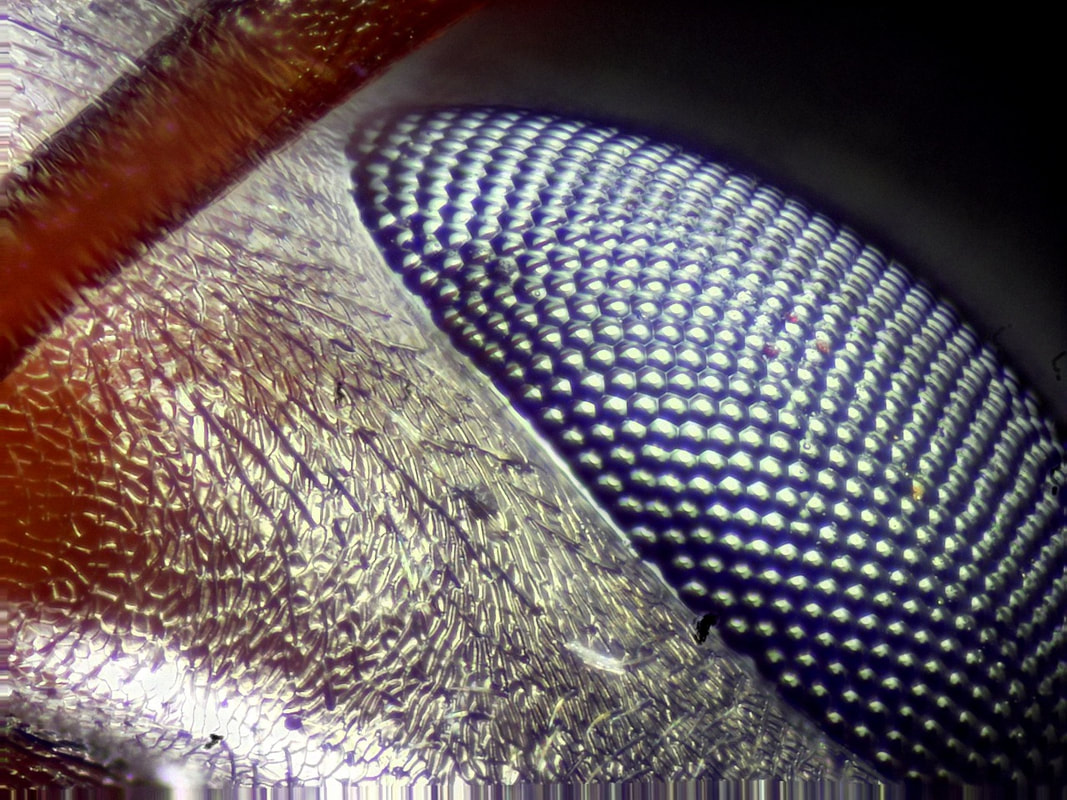|
|
by Dr. Tamra Reall, University of Missouri Extension (Article used with permission from the Kansas City Gardener.) Did you know that there is a Kids Ask Dr. Bug video series? Check it out! https://bit.ly/KADBvideos When will start seeing butterflies again? As the days lengthen, temperatures rise, and flowers begin to bloom, butterflies gradually reappear. Different butterfly species emerge at varying times. Some may flutter as early as March or April, while others wait for warmer weather and abundant flower nectar. Butterflies adopt different strategies to survive winter, either as eggs, caterpillars, pupae (known as chrysalises), or adults. They seek refuge in protected spots like under leaves, in tree crevices, under bark, or in sheds. As temperatures climb, they emerge, seeking flowers for food and places to lay eggs. Certain butterflies depend on specific flowers, appearing only when those plants bloom. For instance, Monarch caterpillars solely feed on milkweed, though as adult butterflies, they sip nectar from various flowers. This means they seek milkweed to lay eggs but linger longer if other flowers are available. So, keep your eyes open! Once consistently warm weather arrives, these vibrant creatures will dance around in gardens, parks, and even your backyard. By planting flowers that attract butterflies, you might create your own butterfly haven, encouraging them to visit. Can bugs see me? Insects perceive the world around them in fascinating ways, different from how we do! Most insects might sense you as part of their environment, but they don’t see you in the same way we see each other. Insect eyes are intriguing—typically, they typically have two compound eyes made up of tiny parts called ommatidia. The size of these compound eyes can vary; for instance, an ant has fewer ommatidia than a dragonfly. This means an ant’s compound eyes are smaller, while a dragonfly's larger eyes allow it to see more at a time, which is especially useful when hunting while flying. Additionally, many insects have three simpler eyes on their heads called ocelli, which sense light and dark, or even polarized light, helping insects orient themselves and find their way. Some insects, like butterflies and bees, have extraordinary eyesight for arthropods They can distinguish shapes and colors, even colors invisible to us. If you're in their way, wearing colors resembling flowers, or carrying something attractive such as food, they might notice you or even land on you. However, insects like ants or certain beetles perceive the world through shadows or movements rather than detailed images. Beyond eyesight, insects have incredible sensing abilities. Mosquitoes rely on detecting carbon dioxide and heat to 'see' you. Others use their antennae to feel air vibrations or detect heat and chemicals (known as pheromones) to navigate their surroundings. In short, insects might not see us in high definition, but their impressive senses allow them to detect our presence in their own unique and intriguing ways. Can ants swim? Ants might not swim like we do, but they're pretty clever when it comes to water! They have tiny hairs on their bodies and because they're so small and light, the surface tension of water helps them stay on the surface without sinking. But when there's a flood, the whole ant colony needs to stick together. They hold onto each other using their legs, antennae, and even their mouths, creating what's called an 'ant raft.' The ants at the bottom support the ones above, keeping them safe until they find dry ground. They're so good at this that they can live like this for weeks! Sometimes, when ants need to cross water, they use the same linking skill to create bridges. It's all about teamwork! Check out this link for more information: https://b.gatech.edu/48JM6ZB . So, even though ants don't swim like we do, they've got incredible skills to handle water and keep themselves safe when things get wet. What can we do to help insects during the winter? Helping insects during winter is fun and easy to do! One of the easiest things to do is to leave leaves in your yard. Think of leaves as a cozy blanket for insects—they use them to stay warm and protected from the cold, rain, and snow. Another great way to help is by keeping parts of your garden a little messy. It might sound funny, but having areas with old logs, twigs, or piles of leaves gives insects hiding spots to stay warm. Letting plant stems stand tall provides hiding places, almost like tiny hotels, especially for native bees that lay their eggs in these stems. Leaving them intact offers shelter until it gets warmer, helping the bees without putting them at risk from pests that might invade containers where we keep these stems. By doing these simple things, you're giving insects a helping hand to stay safe and cozy until spring returns. Do you have questions for Dr. Bug? Send them to https://bit.ly/KidsAskDrBug To help me learn what you learn from this column, or to share feedback, please consider filling out this survey: https://bit.ly/KidsAskDrBugSurvey Image: A close-up view of an insect's eye where each tiny bump is called an 'ommatidium.' When all these bumps team up, they make what's called a 'compound eye,' helping the insect see lots of things around them. Image by Woodturner, Pixabay. Comments are closed.
|
Categories
All
Archives
July 2024
|
Grain Valley NewsGrain Valley News is a free community news source published weekly online. |
Contact Us |



 RSS Feed
RSS Feed
